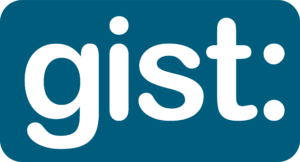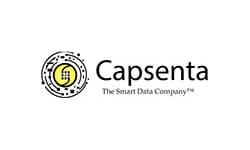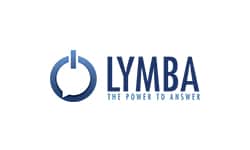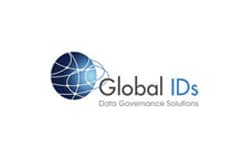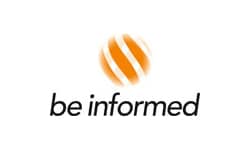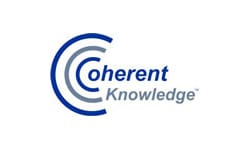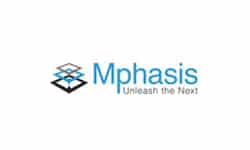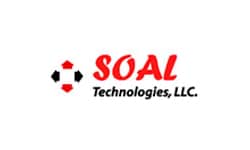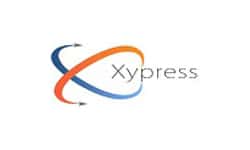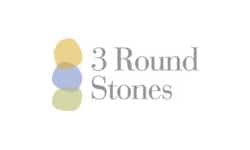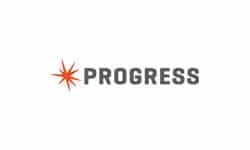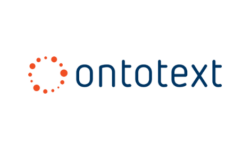Semantic Arts exists to shepherd organizations on their Data-Centric journey.
Our core capabilities include:
• Semantic Knowledge Graph Development and Implementation
• Legacy Avoidance, Erosion, and Replacement
We can help your organization to fix the tangled mess of information in your enterprise systems while discovering ways to dissolve data silos and reduce integration debt.
What is Data-Centric?

Data-Centric is about reversing the priority of data and applications.
Right now, applications rule. Applications own “their” data (it’s really your data, but good luck with that). When you have 1,000 applications (which most large firms do) you have 1,000 incompatible data silos. This serves to further the entrenchment of legacy systems, with no real motivation for change.
Data-Centric says data and their models come first. Applications conform to the data, not the other way around. Almost everyone is surprised at the fundamental simplicity, once it’s been articulated.
It sounds simple, but fifty years of “application-centricity” is a hard habit to break. We specialize in helping firms make this transition. We recognize that in addition to new technology and design skills, a major part of most projects is helping shepherd the social change that this involves.
If you’re fed up with application-centricity and the IT-fad-of-the-month club, contact us.
Read More: What is Data-Centric?
What about those legacy systems?
The move to a more data-centric architecture requires thoughtful planning. Early phases look more like a surgical process of dealing with legacy applications in a way that realizes quick wins and begins to reduce costs, helping to fund future phases. Usually, it looks something like this:
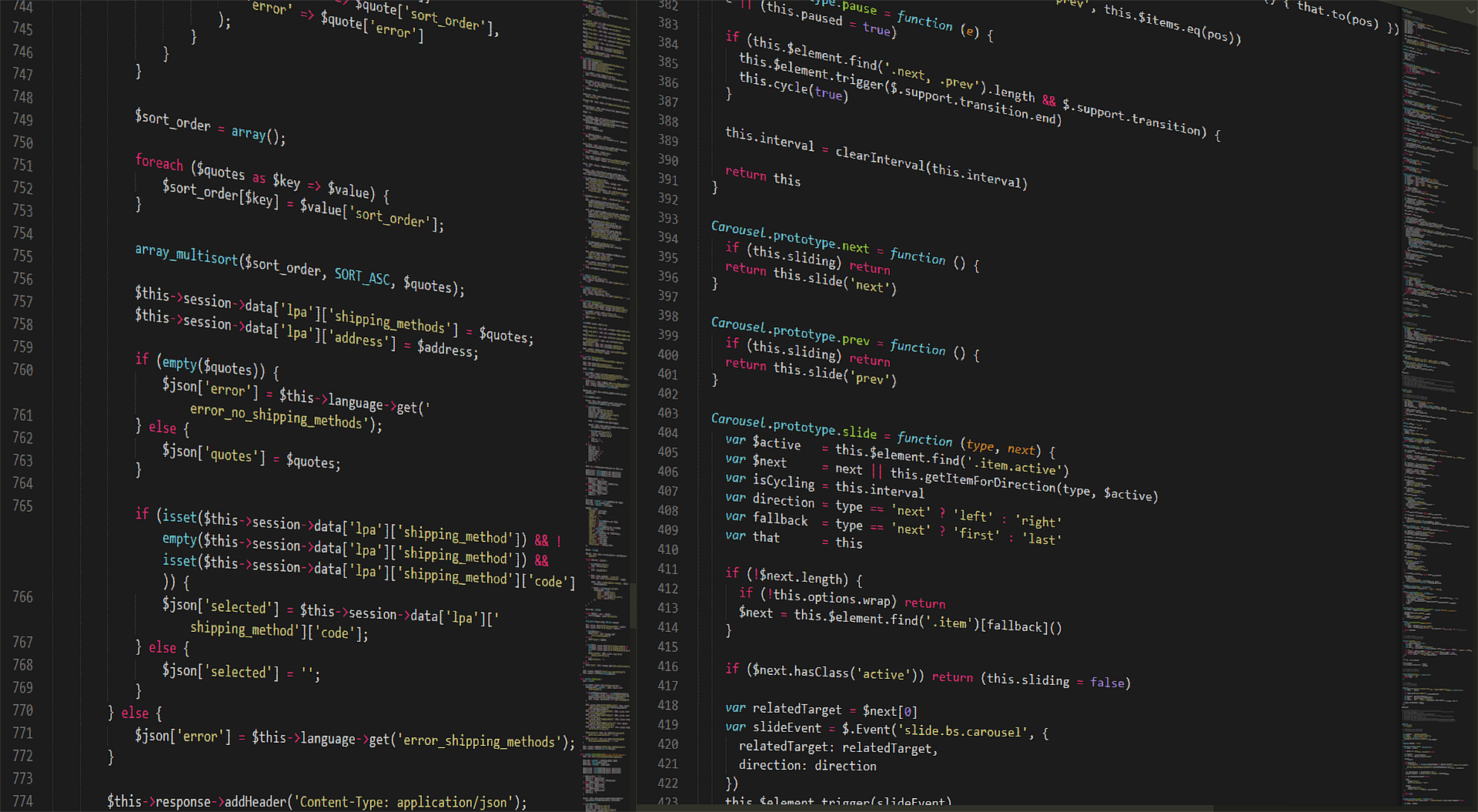
-
Legacy avoidance: The recognition that a firm has slowed down or stopped launching new application systems projects, and instead relies on the data that is in the shared knowledge graph.
-
Legacy erosion: Occurs when firms take use cases that were being performed in a legacy system and instead implement them directly on the graph. Rather than wholesale legacy elimination (which is hard), this approach allows the functionality of the legacy system to be gradually decommissioned.
-
Legacy replacement: Once enough of the data, functionality, and especially integration points have been shifted to the graph, legacy systems can be replaced. Not with “legacy modernization” systems, but with lightweight standalone use cases on the graph.
Read more: Incremental Stealth Legacy Modernization
-
ABOUT US
<p>Learn more about our mission, our history, and our team.</p> -
THOUGHT LEADERSHIP
<p>See how we are leading the way towards a data-centric future, and those who have taken note.</p> -
PROBLEMS WE SOLVE
<p>Discover how we can help you along the journey.</p>
Taking a different path STARTS NOW. Become Data-Centric to simplify and enhance your enterprise information landscape:
5 Business Reasons for Implementing a Knowledge Graph Solution
1. Comprehensive data integration
2. Contextualized knowledge discovery
3. Agile knowledge sharing and collaboration
4. Intelligent search and recommendation
5. Future-proof data strategy
Integrating semantic capabilities into enterprise business processes has been the foundational shift that organizations such as Google, Amazon, and countless others have leveraged. The results are tangible: increased market share and revenue, lower costs, better customer experiences, reduced risks, and the promotion of innovation.
Semantic Arts’ professional services deliver true solutions (not gimmicks) for current and future information management challenges.
FROM OUR BLOG
Industry Knowledge Graph™ Case Study
Industry Knowledge Graph™ Case Study Written by Michael Atkin In 1978 the owner of the New England Patriots made a famous commercial after his wife gave him a Remmington electric razor – “I liked the razor so much, I bought the company.” In the case of the Industry Building Blocks (IBB), Semantic Arts liked the content...Continue reading→
gistBFO: An Open-Source, BFO Compatible Version of gist
gistBFO: An Open-Source, BFO Compatible Version of gist Dylan ABNEY a,1, Katherine STUDZINSKI a, Giacomo DE COLLE b,c, Finn WILSON b,c, Federico DONATO b,c, and John BEVERLEY b,c aSemantic Arts, Inc. bUniversity at Buffalo cNational Center for Ontological Research ORCiD ID: Dylan Abney https://orcid.org/0009-0005-4832-2900, Katherine Studzinski https://orcid.org/0009-0001-3933-0643, Giacomo De Colle https://orcid.org/0000- 0002-3600-6506, Finn Wilson https://orcid.org/0009-0002-7282-0836,...Continue reading→
Client 360 – A Foundational Challenge
Client 360 – A Foundational Challenge When Lehman Brothers collapsed in 2008, CROs, CFOs and chief compliance officers were stuck pouring through annual reports and frantically searching within corporate documents to determine Lehman’s actual corporate structure – including who was bankrupt, who funded whom, who guaranteed what, and who would hold the obligations when everything...Continue reading→
Attribution 4.0 International
Attribution 4.0 International Creative Commons Corporation (“Creative Commons”) is not a law firm and does not provide legal services or legal advice. Distribution of Creative Commons public licensesdoes not create a lawyer-client or other relationship. Creative Commons makes its licenses and related information available on an “as-is” basis. Creative Commons gives nowarranties regarding its licenses,...Continue reading→
Semantic Arts’Secret Sauce
Semantic Arts’Secret Sauce An organization founded by an individual or small group is deeply shaped by the priorities and capabilities of its founder(s), as well as the market and industry it enters. The baseline requirement for any startup is to identify and meet the needs of specific types of customer or clients to sustain and...Continue reading→
Semantic Arts’ 25 Year History
Semantic Arts Enters Its’ 25th Year According to the U.S. Bureau of Labor Statistics, 15,336 companies were founded in Colorado in the year 2000. By 2024, only 2,101 of those companies remained. While we can speculate endlessly about why just ~14% survived recessions, pandemics, and international conflicts, the impression is clear. The organizations that endured…...Continue reading→
Financial Services Regulatory Issue Brief
Financial Services Regulatory Issue Brief Leading analysts all share a similar view about global financial regulatory priorities. Complexity will continue to increase with geopolitical events and regulatory fragmentation on the rise. The global economic environment will remain a key concern. There will be a push toward harmonized enforcement from financial crime and sanctions from war. And...Continue reading→
Semantic Arts, Inc. Celebrates its 25th Anniversary
Semantic Arts, Inc. Celebrates its 25th Anniversary Pioneering Data-Centric Transformations to Modernize IT Architecture, Advance Knowledge Systems, and Enable Foundational AI CONTACT INFO: Dave McComb Phone: (970) 490-2224 Email: [email protected] Website: https://www.semanticarts.com/ Fort Collins, Colorado – August 14, 2025: According to the U.S. Bureau of Labor Statistics, 15,336 companies were founded in Colorado in the...Continue reading→
Building an Ontology with LLMs
Building an Ontology with LLMs We implement Enterprise Knowledge Graphs for our clients. One of the key skills in doing so is ontology modeling. One might think that with the onslaught of ChatGPT and the resulting death knell of professional services, we’d be worried. We’re not. We are using LLMs in our practice, and we...Continue reading→
The year of the Knowledge Graph (2025)
The year of the Knowledge Graph (2025) There are a lot of signals converging on this being the year of the Knowledge Graph. Before we get too carried away with this prognosis, let’s review some of the previous candidates for year of the Knowledge Graph, and see why they didn’t work out. 2001 Clearly the...Continue reading→
gist: 12.x
gist: is our minimalist upper ontology. It is designed to have the maximum coverage of typical business ontology concepts with the fewest number of primitives and the least amount of ambiguity. Our gist: ontology is free (as in free speech and free beer–it is covered under the Creative Commons 3.0 attribution share-alike license). You can use as you see fit for any purpose, just give us attribution.

